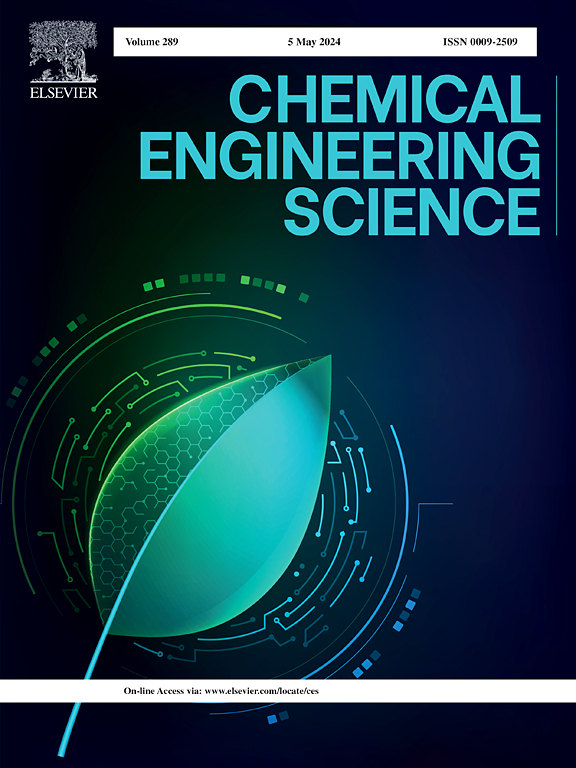Dangling bonds and asymmetric charge redistribution triggered by grain boundary for improved photocatalytic CO2 reduction and ammonia synthesis
IF 4.1
2区 工程技术
Q2 ENGINEERING, CHEMICAL
引用次数: 0
Abstract
The role of grain boundaries in photocatalysis is still an open question. In this work, a generic crystal-induced re-growth strategy is developed to engineer grain boundaries into various 2D atomic layers to boost the photocatalytic activity. Take BOB as an example, the engineered grain boundaries will lead to the generation of asymmetric charge redistributed interface, and work as quantum well to promote the oriented charge separation. Meantime, the grain boundaries will provide active electronic states with abundant dangling bonds to strengthen molecular interaction, and further optimize intermediate conversion. Benefiting from these advantages, the grain boundaries-rich BOB (BOB-GB) display a good CO2 photoreduction rate to yield CO (61.34 μmol g−1h−1), 5.4 and 95.9 times higher than BOB and bulk BOB, respectively. Moreover, it delivers an excellent NH3 generation rate of 13620 μmol g−1h−1, with apparent quantum efficiencies of 43.0 %, 30.7 % at 380, 400 nm, respectively.晶界引发的悬空键和不对称电荷重分配改善光催化CO2还原和氨合成
晶界在光催化中的作用仍然是一个悬而未决的问题。在这项工作中,开发了一种通用的晶体诱导再生长策略,将晶界设计成各种二维原子层,以提高光催化活性。以BOB为例,工程晶界将导致不对称电荷重分配界面的产生,并作为量子很好地促进定向电荷分离。同时,晶界将提供具有丰富悬空键的活性电子态,加强分子相互作用,进一步优化中间转化。得益于这些优势,富含晶界的BOB (BOB- gb)具有良好的CO2光还原率,CO的产率分别是BOB(61.34 μmol g−1h−1)和本体BOB的5.4倍和95.9倍。NH3的生成速率为13620 μmol g−1h−1,在380、400 nm处的表观量子效率分别为43.0 %、30.7 %。
本文章由计算机程序翻译,如有差异,请以英文原文为准。
求助全文
约1分钟内获得全文
求助全文
来源期刊

Chemical Engineering Science
工程技术-工程:化工
CiteScore
7.50
自引率
8.50%
发文量
1025
审稿时长
50 days
期刊介绍:
Chemical engineering enables the transformation of natural resources and energy into useful products for society. It draws on and applies natural sciences, mathematics and economics, and has developed fundamental engineering science that underpins the discipline.
Chemical Engineering Science (CES) has been publishing papers on the fundamentals of chemical engineering since 1951. CES is the platform where the most significant advances in the discipline have ever since been published. Chemical Engineering Science has accompanied and sustained chemical engineering through its development into the vibrant and broad scientific discipline it is today.
 求助内容:
求助内容: 应助结果提醒方式:
应助结果提醒方式:


